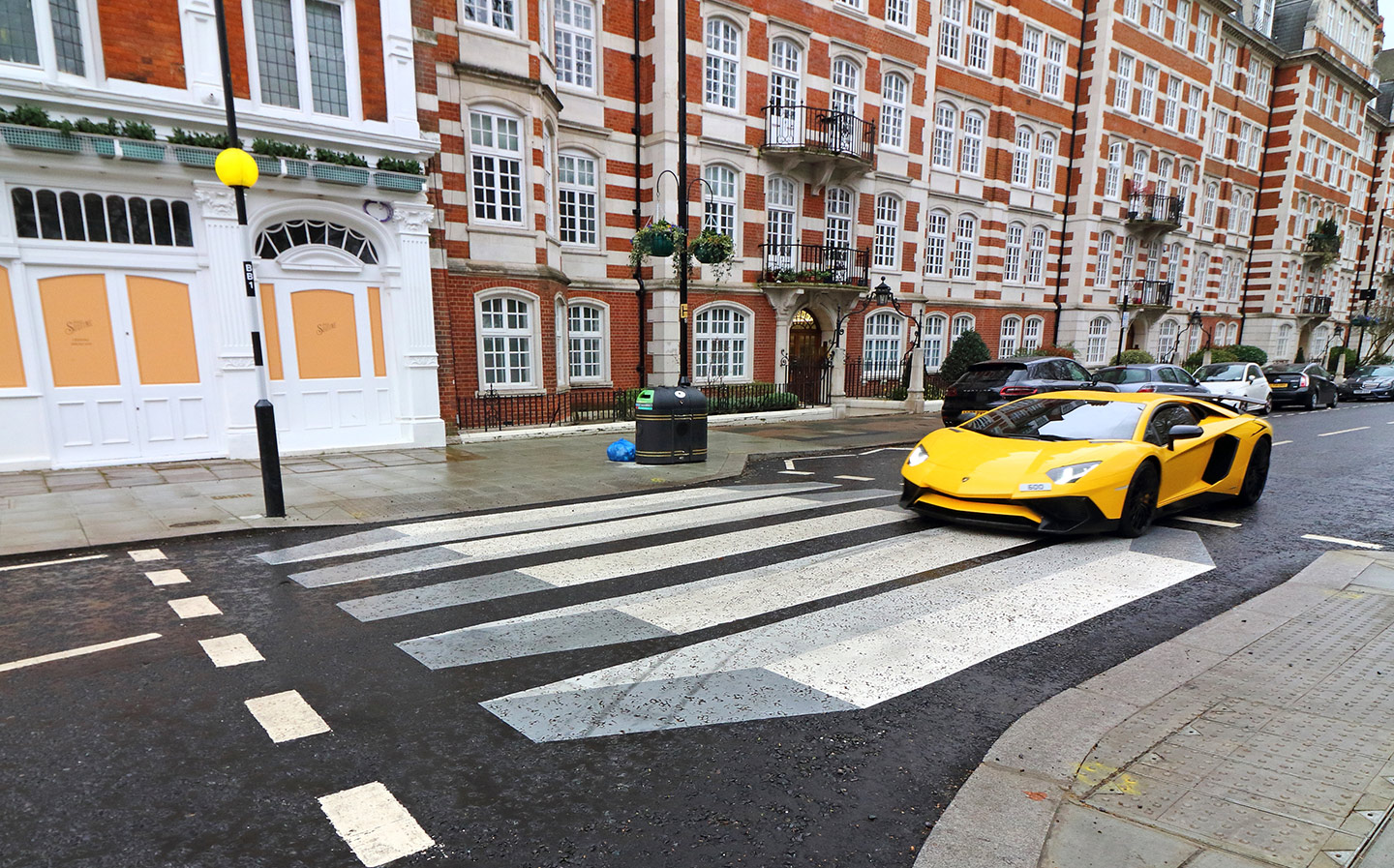Drivers of expensive cars less likely to stop at pedestrian crossings
Come on premium car drivers... don't conform to stereotype
SAD NEWS for people who believe drivers of premium cars are no worse-behaved on the roads than anyone else: an experiment conducted by the University of Nevada has found that the more expensive your vehicle, the less likely you are to stop for pedestrians at crossings.
The research, conducted in Las Vegas, comprised one white and one black female, and one white and one black male, crossing an intersection in the same manner – putting one foot onto the road, expressing their intent to walk. The crossings were filmed and the drivers’ ‘yielding behaviour’ documented. This exercise was repeated 461 times.
One of the most astonishing stats is that the overall driver yielding rate – that is, stopping for a pedestrian crossing the road – was just 28%, despite it being penned in law. Take that in. Only just over a quarter of all drivers observed stopped at all when a pedestrian was ready to cross. This is despite the State of Nevada’s Rules of the Road:
When official traffic-control devices are not in place or not in operation, the driver of a vehicle shall yield the right-of-way, slowing down or stopping if need be so to yield, to a pedestrian crossing the highway within a crosswalk when the pedestrian is upon the half of the highway upon which the vehicle is traveling or onto which the vehicle is turning, or when the pedestrian is approaching so closely from the opposite half of the highway as to be in danger.
Significant trends emerged from the data – essentially, that the more expensive your car is, the less likely you are to stop and let a pedestrian cross the road. The experiment revealed the odds of yielding to a crossing pedestrian decrease by 3% for every $1,000 (£773 at the time of writing) added to the value of the car.
The study also took into account the age and race of the person attempting to cross the road. In not-totally surprising fashion, drivers stopped most for people who were female and people who were white.
The conductors of the experiment concluded that, in the US, drivers simply may not know that they are required by the law to give way to crossing pedestrians. However, they ceded that prior research has found that wealth is associated with more unethical behaviour, and that drivers of expensive cars do often feel superior when on the road.
The researchers concluded that both behavioural and infrastructural changes need to be made in order to get drivers to follow the laws. American citizens need to be made aware of the injuries that can be caused by neglecting the rules of the road. They also endorsed streets with lower speed limits, narrower roads, and more “signalised” crossing locations.
The team also attributed the results to the fact that high income earners don’t drive as often as people with lower incomes, and therefore have generally inferior driving skills.
So, in essence, always look both ways when crossing the road but look extra hard if there’s a supercar coming.





